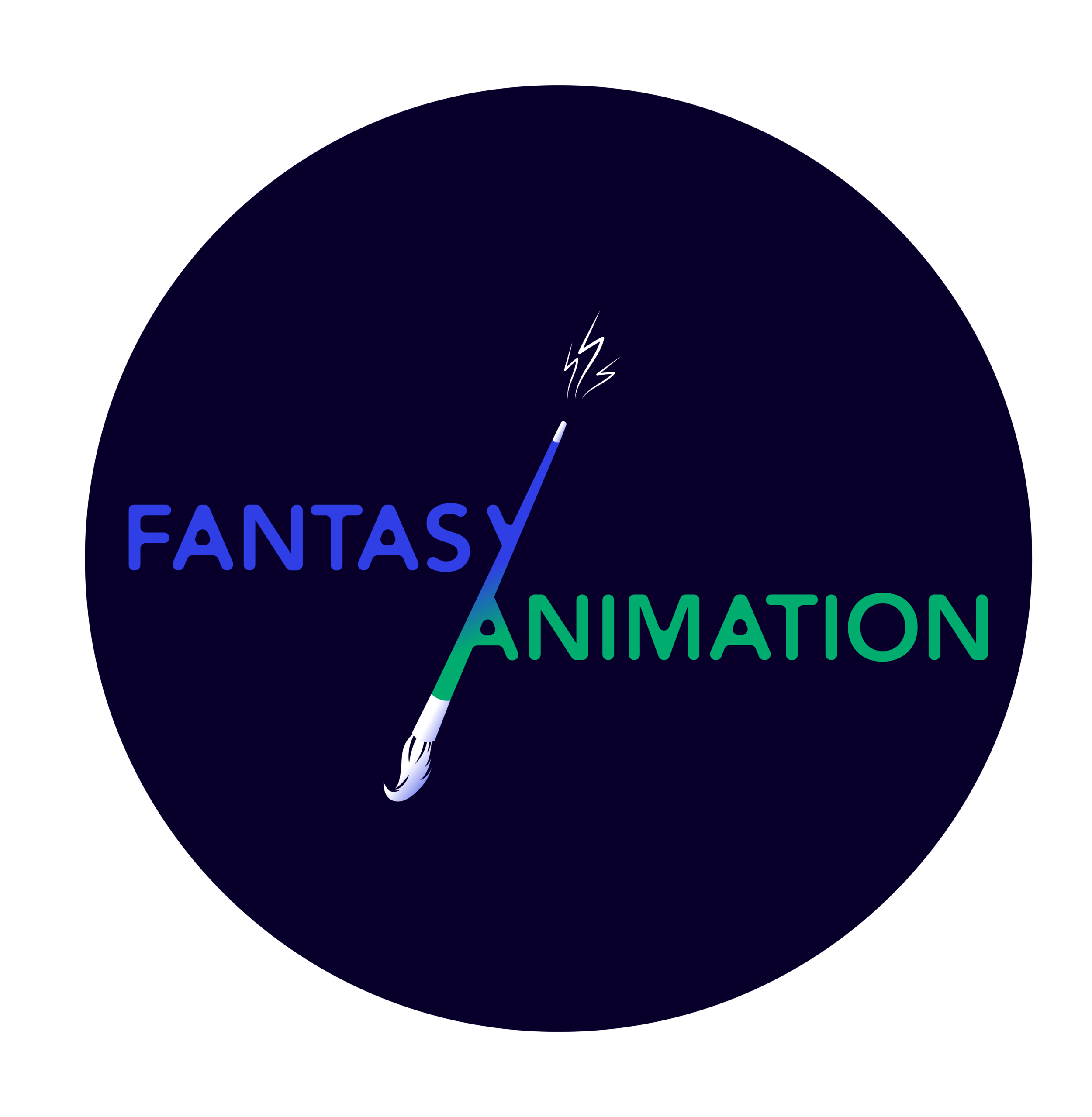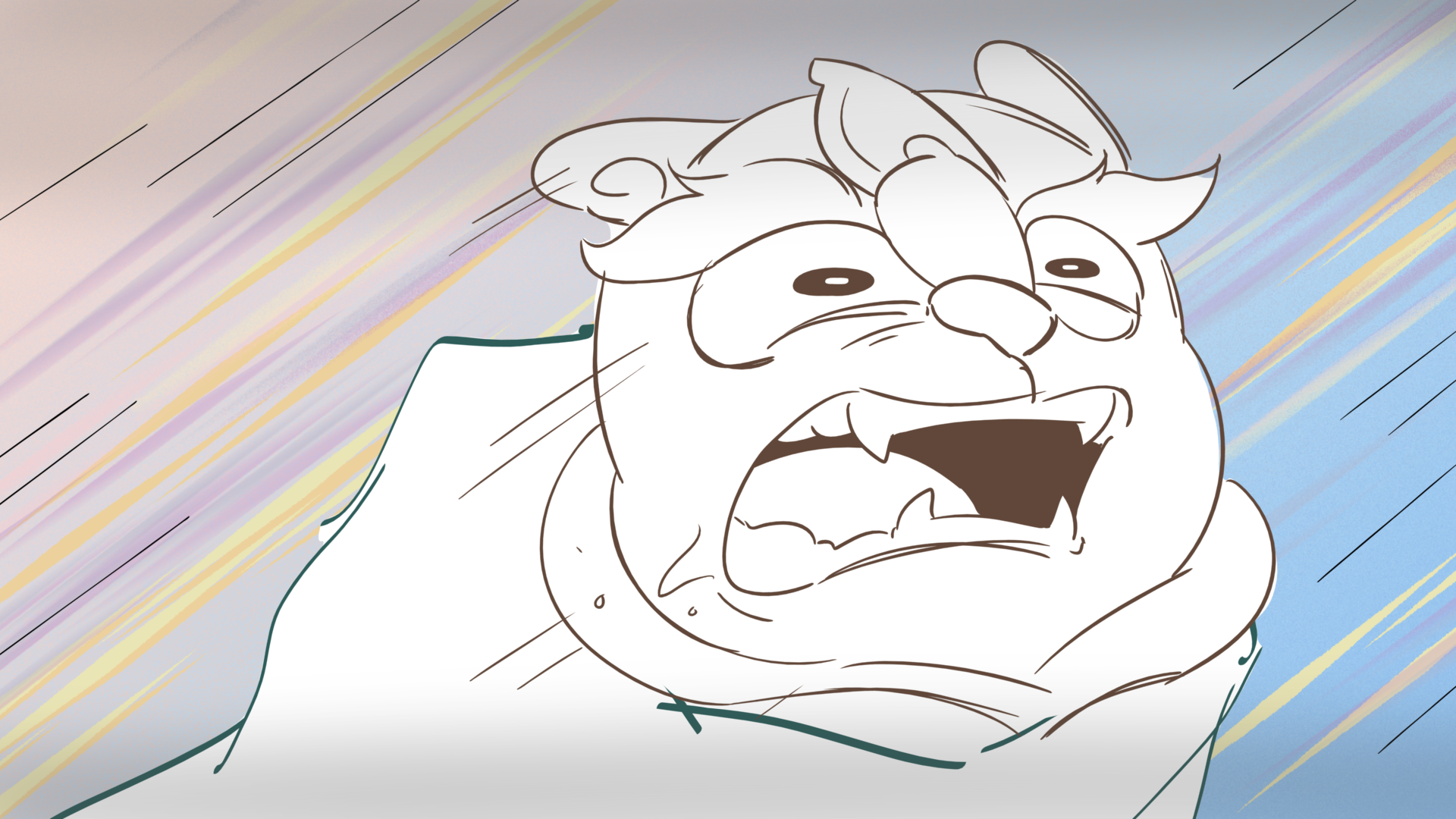Magic Steeped in Culture: Tea Leaves Last
Tea Leaves Last - Pilot
In many fantasy stories, magic is drawn from ancient relics or arcane symbols, but what if it came from something as simple, intimate, and culturally rich as a cup of tea? In Tea Leaves Last, a 2D animatic pilot made by Asians in Animation, that’s the recipe. The story follows Mya, a young woman from a small farming nation as she ventures out to bring back forgotten Tea magic to the world. This society revolves around the plant – it is used in place of water for everything from bathing to drinking to waterfalls and lakes of tea. But the choice of this drink has deeper meaning. As the world’s most widely consumed drink, tea originates from a region between Burma (Myanmar) and China, with which showrunner Saira Umar shares ethnic roots. Tea’s journey to global presence has shaped empires and incited revolutions from the Boston Tea Party to the Opium Wars. It is a drink of ritual, rebellion, and colonial entanglement, serving as a perfect foundation of an entire magical ecosystem.
Magic systems are often based on real world divisions, such as the natural elements (Avatar: The Last Airbender [Dante DiMartino and Bryan Konietzko, 2005-2008]) or nature (planets in Sailor Moon [Naoko Takeuchi, 1991-1997]; animals in Miraculous Ladybug: Tales of Ladybug & Cat Noir [Thomas Astruc, 2015-]). Likewise, different types of tea such as oolong, matcha (green tea), and chai (black tea), were each used to establish a “Tea House” and particular region of the fictional land, allowing characters to embody the legacies of their traditions. Beyond its ties to Asian culture, there are different varieties and effects associated with it, a strong basis for different factions and types of powers. Just as one in our modern world might drink tea to heal sickness, boost energy, or aid in falling asleep, magical tea powers could give superhuman speed, knock out opponents, or give other benefits. It is the perfect real world mix of herbology and potions.
The two main cultures people think of with tea are British and Chinese, so those were obvious contenders to form the four main cultures represented in the pilot. Then Burmese-inspired Tienwar for Mya, a place unique in its name for tea, “lahpet” (where the rest of the world calls it a variation of tea/cha), and the method of consumption – eating fermented tea leaves, just made sense. Chai is another significant type of tea with an origin in South Asia, but with ties to the British empire introducing cream to the recipe, a perfect parallel to pull from for the story. Each character’s identity is not just for show, but the very source of magic itself – past becoming present and shaping future.
Mya’s homeland is a huge part of the story and her character’s driving want – to protect her home, to share more of a country and culture that is often overlooked. The place she would travel to, Ci, is a mix of Chinese culture with British influence, and the idea of America– a place where many cultures come together. “Ci” meaning “China” or “Porcelain” (a fun play on words) is a fantasy take on a historically Sino-inspired land with tea as the main life source and magic source, with later outside influences from the west and other parts of Asia building on top of it. The themes of colonialism played a large role in the themes of the story as well, drawing from the British Indian Raj where they grouped together the land from modern day Pakistan through Burma as one empire, conflating those cultures and seeing it just as a resource mine. This is how Soland (the England analogue) also views Ci and its surrounding countries.
When creating the world of Tea Leaves Last, the diverse crew of emerging Asian talent pulled from their own experiences. Preserving the traditions of tea making, is a parallel to how many strive to preserve their own cultural heritage. Mya leaving home in search for a better life is a common story of many immigrant Asian families. The multi-cultural aspect of Tea Leaves Last is not merely a blend of culture with Asian aesthetic, but a fantastical mirror to our past (Figs. 1-2).
The magical world of Tea Leaves Last is further brought to life through its animated form. Animation is uniquely positioned to blur the boundaries between reality and meaning, the tangible and the intangible. In Tea Leaves Last, traditional tea ceremonies are a passageway to magic. The loss of this within Ci reflects not only the dying tradition of tea ceremonies in our modern times, but the loss of the magic in the mundane; in slowing down to savor the process and remember our past. Drinking “Tea” is a symbol of taking time to pause and reflect, be present and slow down. Putting care into what you do and pulling from the past, is tradition. This theme felt particularly resonant in a world where instant gratification and shortcuts are more and more prevalent, especially when looking at the way art is being threatened by automation.
The final animatic consisted of over 4000 hand drawn panels, and hundreds of designs to support that, done by over 100 creatives. It was formed by real human research, love, and experience bringing the world to life. In animation, you are able to heighten reality and build the world with extreme specificity and care to every small detail from the shape language of the characters, to choice of plants, architecture, and fashion. Intentional movements and expressions spotlight personality, bring humour and drama. Through this form, you also layer in the elements of sound and music, that work in tandem with the beautiful visuals to convey a lot of information quickly and potently.
Tea Leaves Last drew inspiration from anime, in particular, The Apothecary Diaries (Norihiro Naganuma, 2023-) and Ouran High School Host Club (Ikeda Natsuko, 2011) in humour, relationship dynamics, and the blending of past and present. It also draws from the epic journeys in mythology and fairytales adapted in the Disney Renaissance. This helped dictate our art style into something more grounded and realistic (rather than cartoony), with an elevated appeal. For the characters, ensuring they were accurate to their cultures both in physical features and clothing while letting their personalities and Tea House colours be shown through shape language and colour styling. With the backgrounds and setting, giving them enhanced, fantastical lens on realism, to feel like it could be a real place, but like nothing that exists (Fig. 3). There are a lot of nods to different Asian cultures and histories, as well as Tea and the tea-making process throughout all the backgrounds. This is to also better build the world in Tea Leaves Last, “Ci” and shape what its in-world history is. A tea-centered world, with the influence of colonialism and immigration blending it into something new.
By brewing the rich history of tea, with the possibilities of magic through the intentional form of animation, you get Tea Leaves Last. It’s a story about tea, family and found family, and heritage.
***Founded in 2020, Asians in Animation (AIA) is a community-powered global 501(c)3 non-profit organization championing Asian storytelling in animation. Headquartered in Los Angeles, California with a network of more than 6,000 members worldwide, and committed to increasing Asian representation on the animated screen, Asians in Animation is a professional association dedicated to the preservation and celebr-Asian of Asian animated storytelling***
**Article published: July 18, 2025**
Biographies
Brynn Straley is an outreach assistant with Asians in Animation, and currently a film and communications major at James Madison University. Saira Umar is a screenwriter and the creator and showrunner of TEA LEAVES LAST. As a Chinese, Burmese and Pakistani American with an interdisciplinary background in animation, musical theater, fashion design, and writing, Saira brings a unique and multi-faceted perspective to her stories, which explore identity, morality, culture & family through a hopeful lens with whimsy. She currently works at Marvel Animation, and has previously written for PBS Kids Skillsville, with previous credits on Jentry Chau vs. The Underworld (Netflix), Digman! (Comedy Central), and Kevin (Amazon Prime).



